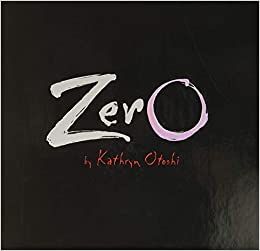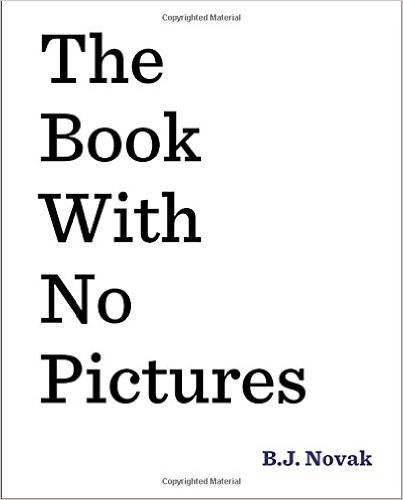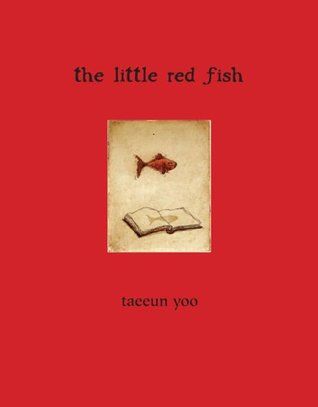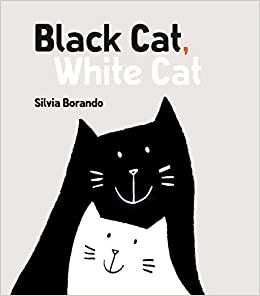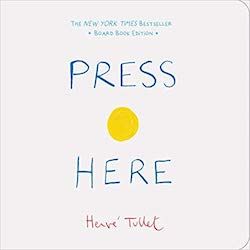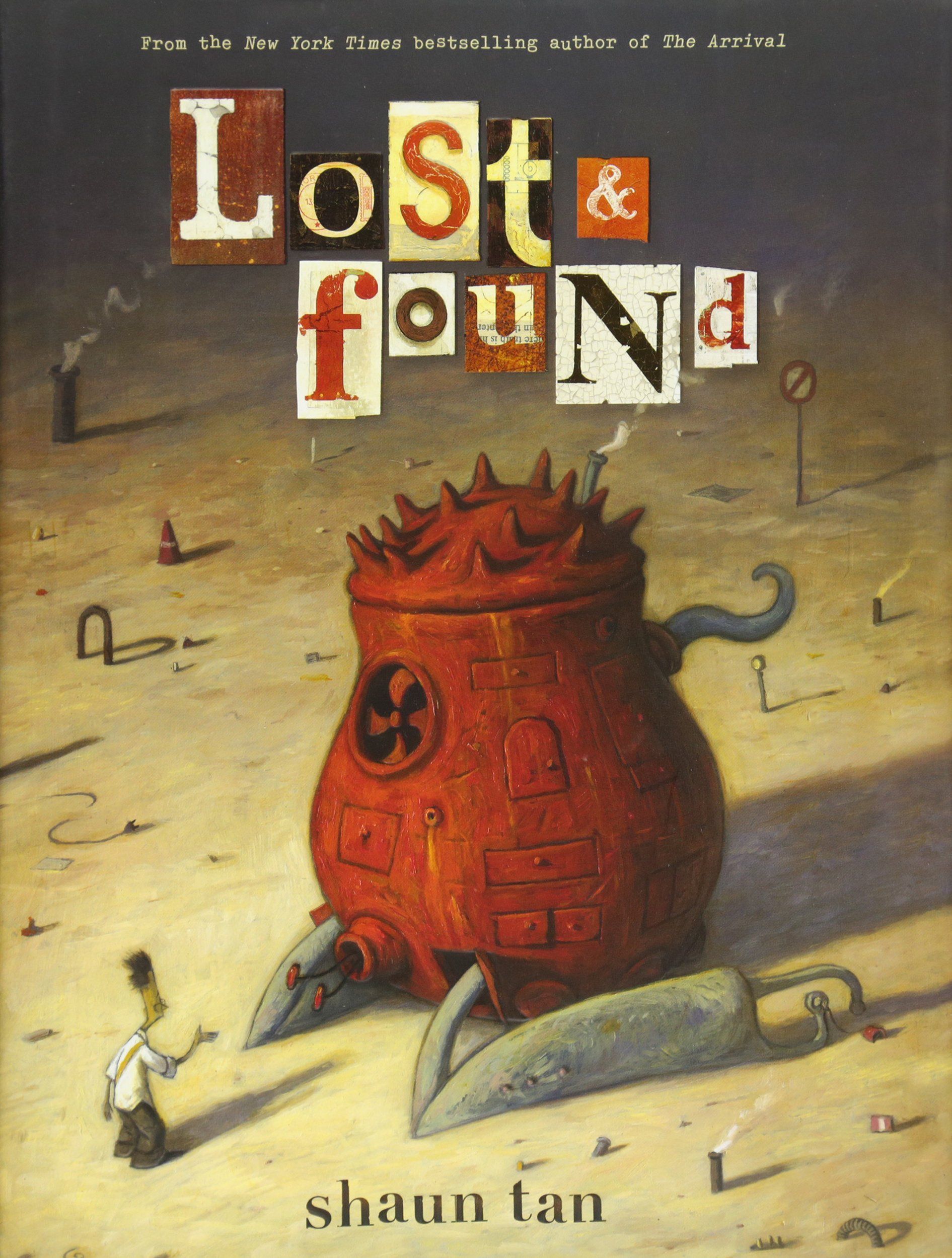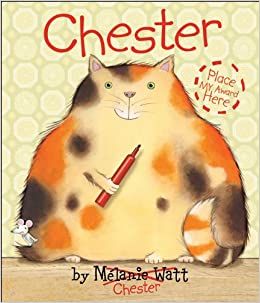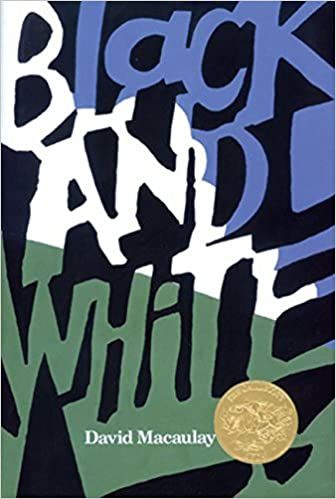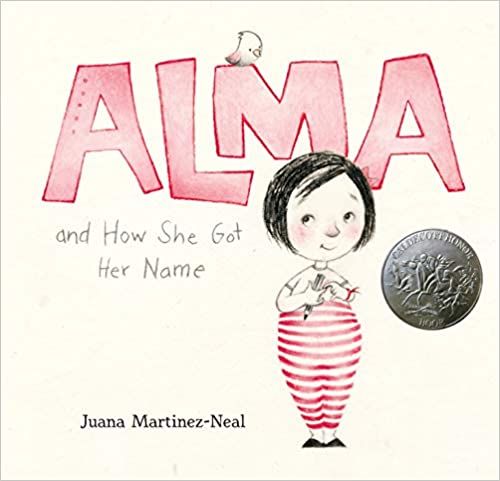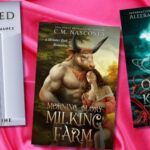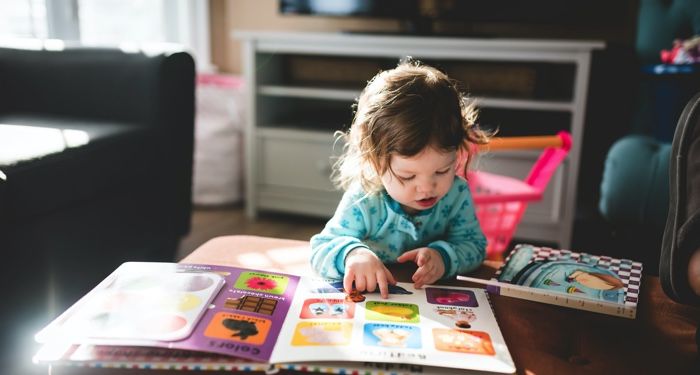
10 Great Postmodern Picture Books
There are a few cool things about the postmodern trend in picture books that sets them apart from the rest of the pack. Postmodern picture books are avant-garde things that break the rules of traditional picture book formats for the sheer pleasure of doing it, offering up deliciously fun and entertaining stories to their young readers. The techniques used that classify a picture book as “postmodern” typically go something like this:
- A nonlinear story progression
- A self-awareness that oftentimes breaks the fourth wall and speaks directly to the reader (this is a book that’s aware it’s a book)
- Reader participation (why yes, reader — you’ll be integral in moving the story along!)
- Unique formatting and gorgeous visuals
There are already some postmodern heavyweights in the picture book world, such as Anthony Browne’s Voices in the Park and anything by Jon Scieszka and David Wiesner, but we wanted to highlight some hidden gems and new up-and-comers.
Zero by Kathryn Otoshi
Zero is acutely aware of the big hole in her center. She also knows that when the other numbers are counted (1, 2, 3…) she’s always left out. She tries everything she can to stretch herself to be like the other numbers, ultimately realizing that she can only be Zero, and that is perfectly okay. This tale of self acceptance uses beautiful watercolor illustrations and unconventional formatting to tell Zero’s story.
The Book With No Pictures by B.J. Novak
Really: There are no pictures. But there’s a catch: You must read out loud every word in this book, no matter how silly and nonsensical the word is. The book uses colorful text and font sizes to make each page visually interesting nonetheless, and promises a hilariously good read aloud session that kids will love.
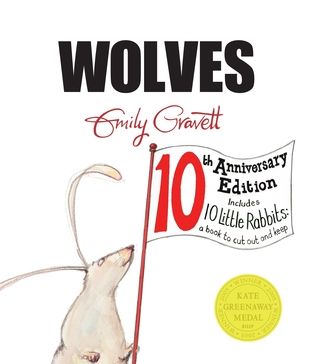
Wolves by Emily Gravett
All Rabbit wanted to do was learn about wolves from a book he borrowed at the library. It didn’t occur to him, however, that getting so engrossed in learning about wolves on your walk home might prevent you from, say, noticing the actual wolf stalking you the whole way. The art style for this one is quite clever as it demonstrates an oblivious, hunted rabbit page after page.
The Little Red Fish by Taeeun Yoo
Jeje brings his pet fish along with him to visit his grandfather’s library, and falls asleep during his visit. His fish is gone when he wakes…and he has a sneaking suspicion that his fish fell into a magical book that also pulls him into its ocean depths. Jeje’s pet fish rescue is gorgeously illustrated with very little dialogue, allowing readers to continue building the story from the visuals.
Black Cat, White Cat by Silvia Borando
Black Cat is a day time wanderer. White Cat is a nighttime wanderer. These two cats never meet until they decide to venture out of their comfort zones and explore each other’s day and night worlds. The illustrations are sparse and minimalist, using mostly black and white until the very end.
Press Here by Hervè Tullet
This interactive picture book requires your direct participation, dear reader. You must read along and follow instructions very carefully, for you may be asked to press this button here, or shake the page, or any manner of directions designed to activate the imagination and make your little readers feel like they’re part of the magic!
Lost & Found by Shaun Tan
A lost girl finds a tree in the woods. A boy finds a lost creature and takes it home. A group of creatures are driven from their homes by invaders. These three tales of losing and finding things are told with an art style reminiscent of surrealist painters like Salvador Dalí, used to great effect to capture strong emotions, relying more heavily on descriptive visuals instead of words on the page.
Chester by Mélanie Watt
Author and narrator Mélanie wanted to tell a specific story about a mouse in her house…except her cat Chester hates this story. So much so that he introduces his own rewrites on every page with a red marker. Follow along as Mélanie and Chester duel for control of the narrative and who gets to be the star of the book (Chester really wants to make sure you know it’s him.)
Black and White by David Macaulay
Ever tried reading four stories at once? Black and White will let you give it a try, as each page spread is split into four quadrants to tell you four stories at the same time. That are not necessarily happening at the same time. Is it all the same story, just in four separate parts? Or are they all different? That’s for you to decide, dear reader.
Alma and How She Got Her Name by Juana Martinez-Neal
In this tale, we hear the story of Alma’s name: Alma Sofia Esperanza José Pura Candela. Each part of her name is a piece of the story, as her father walks her through who she was named after, showing us what they looked like, how they were special, and what Alma has in common with them. The visuals are soft and beautiful, and communicate to both us and Alma the history and love behind a name (or, in Alma’s case, six names!)



